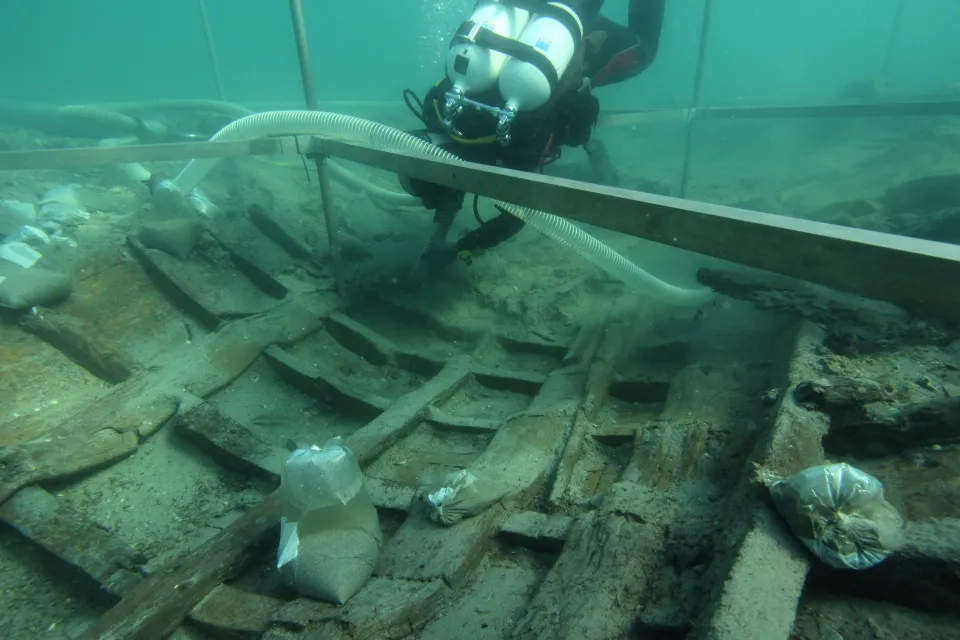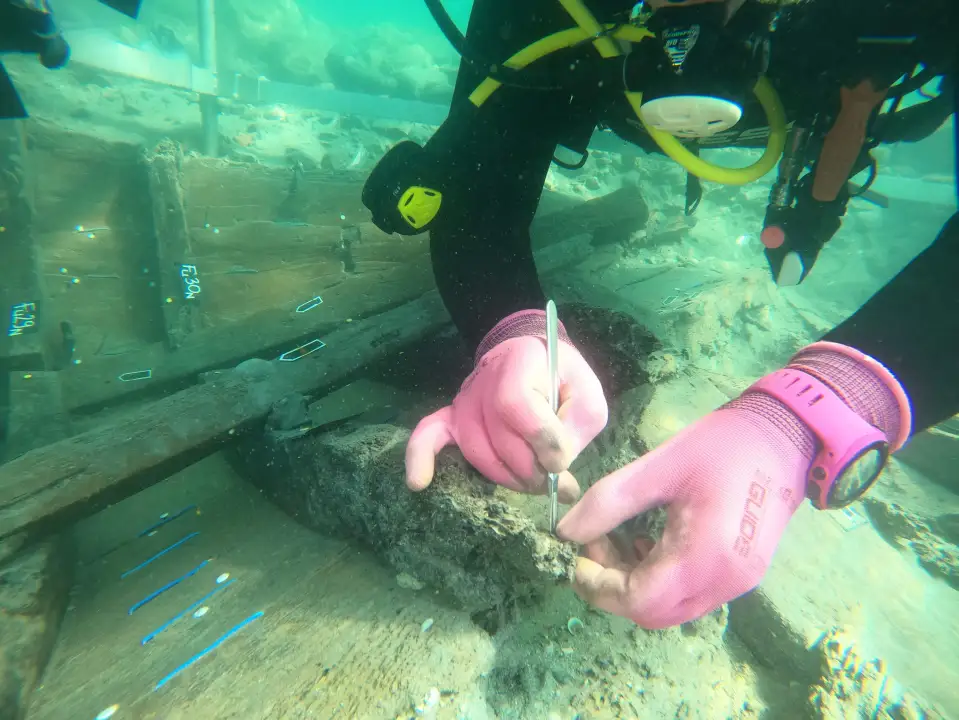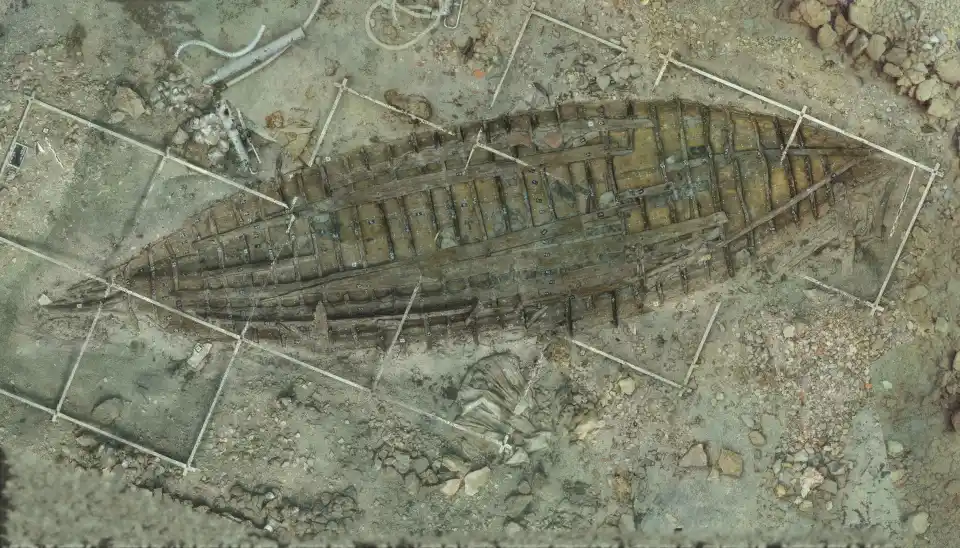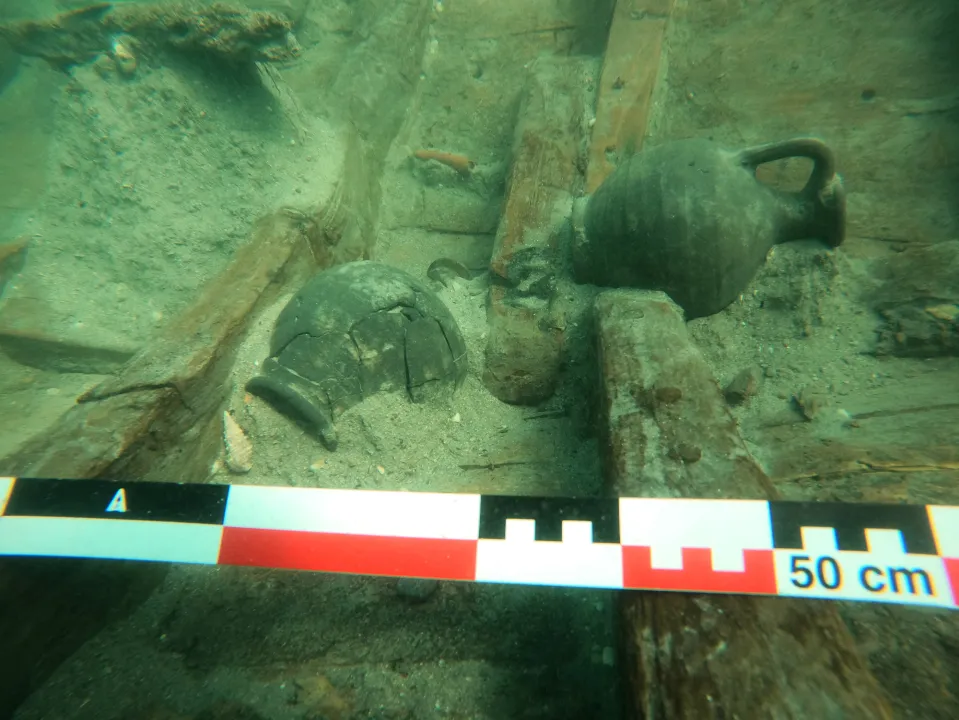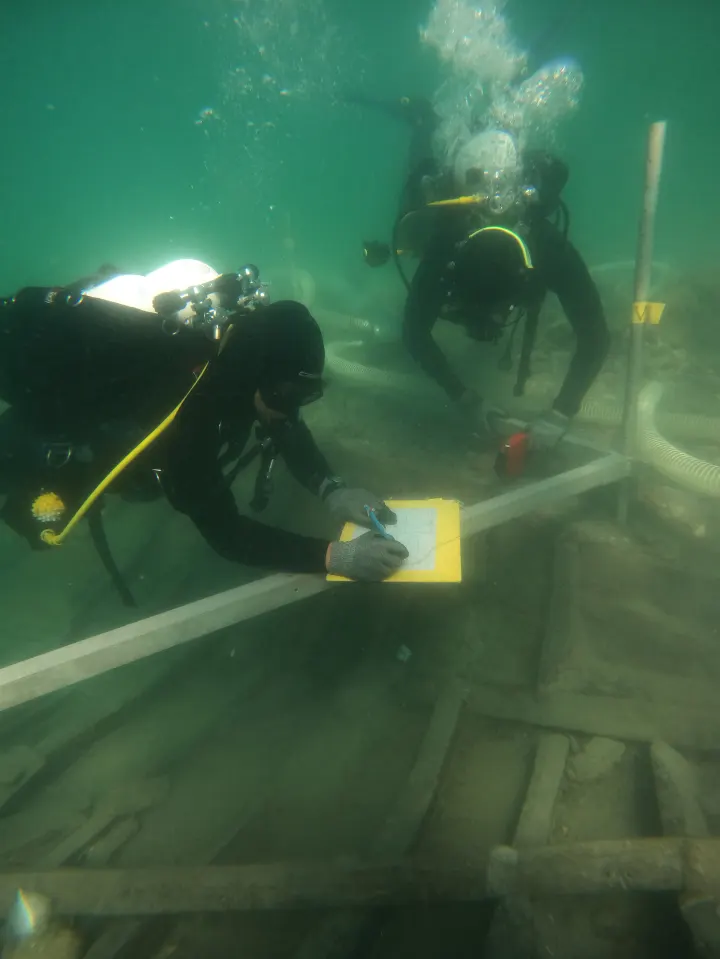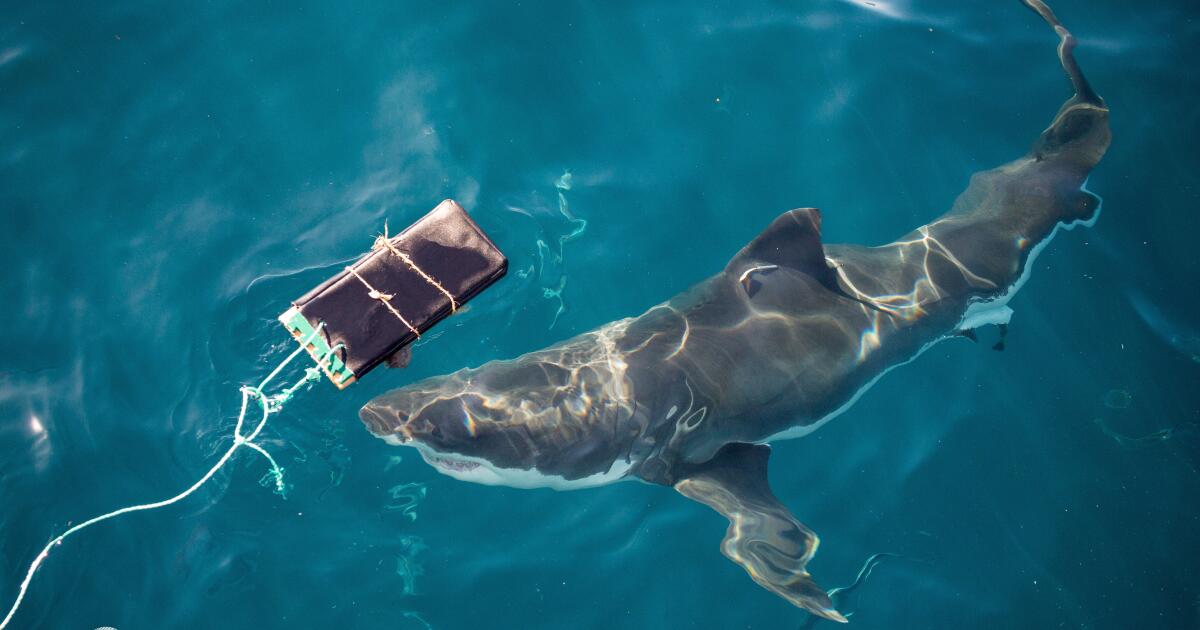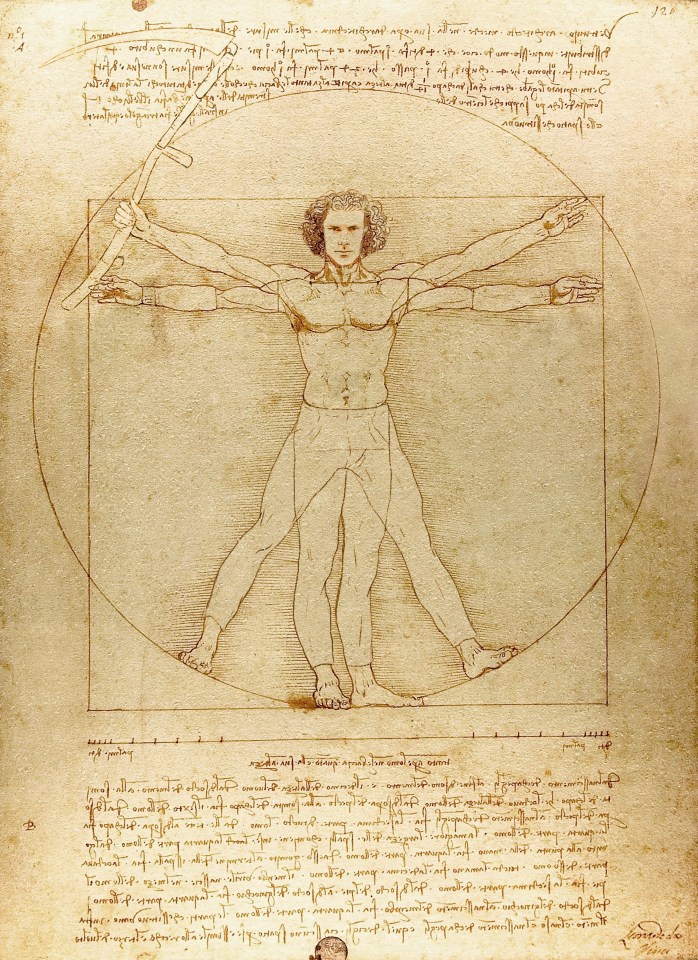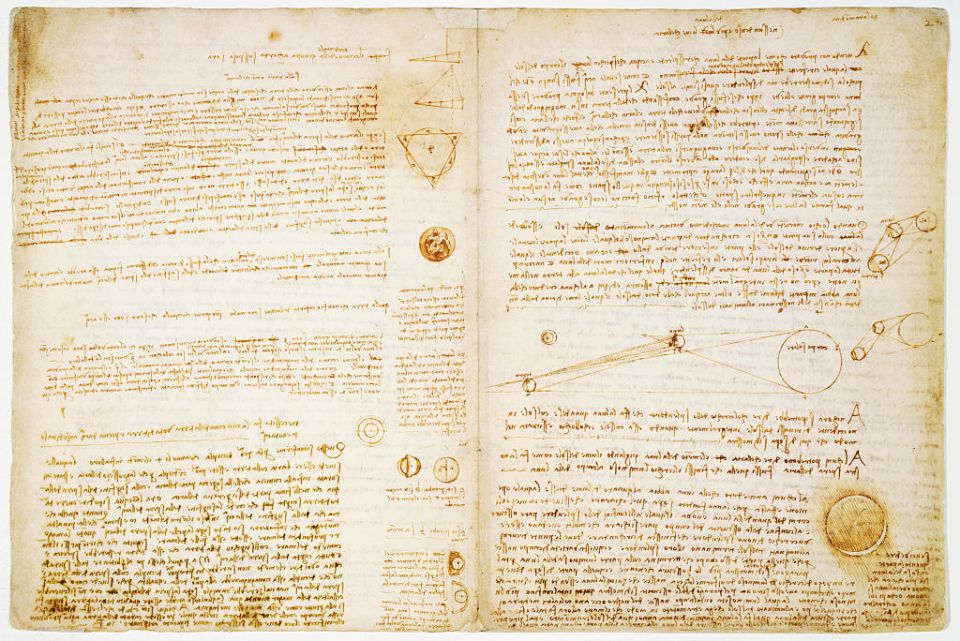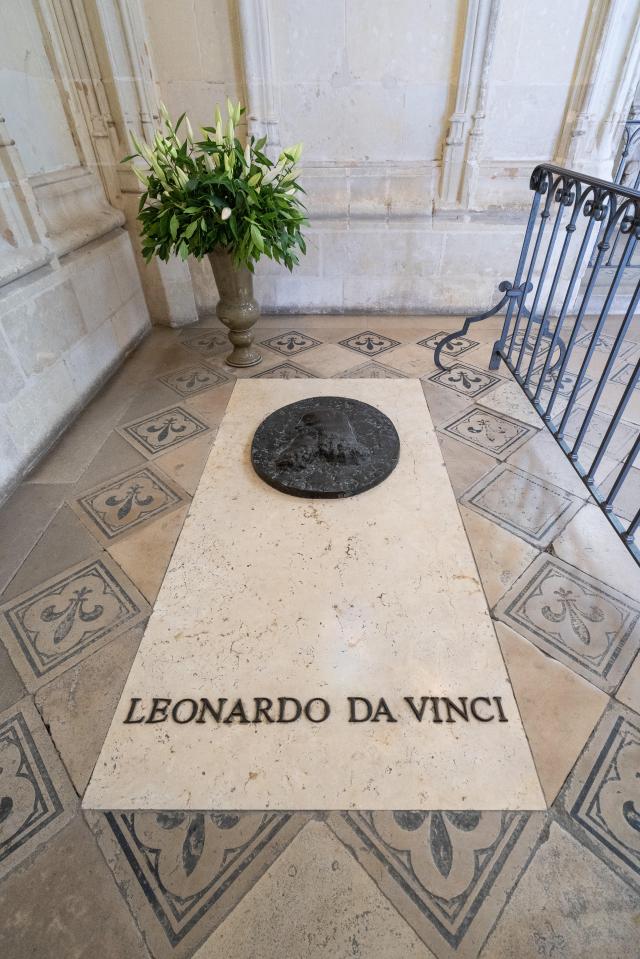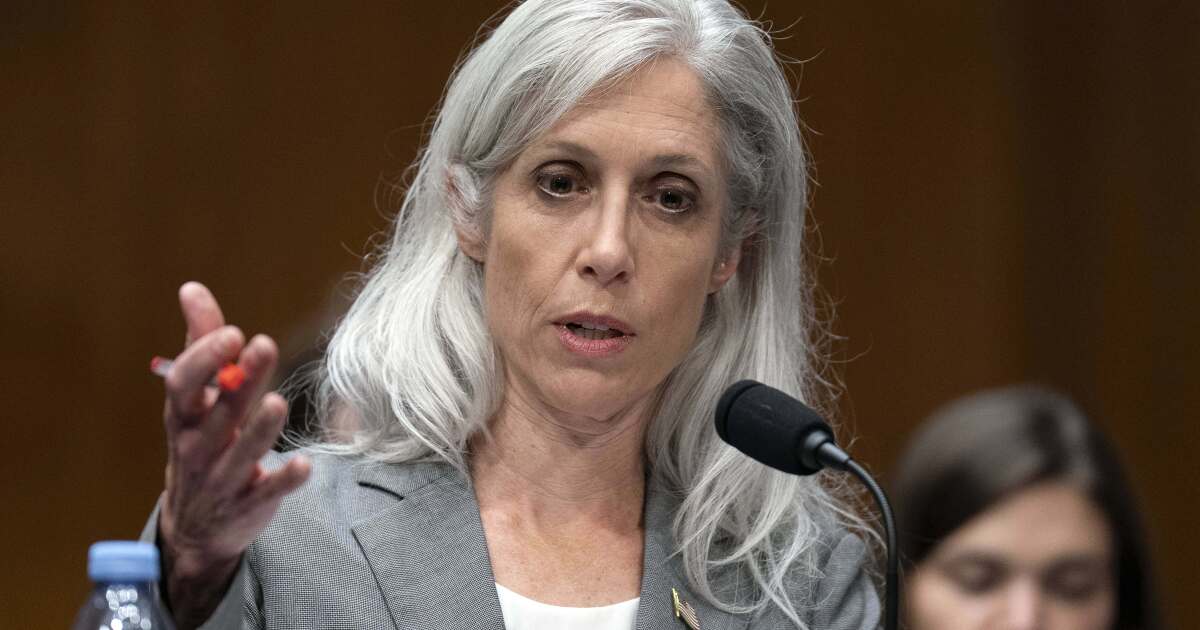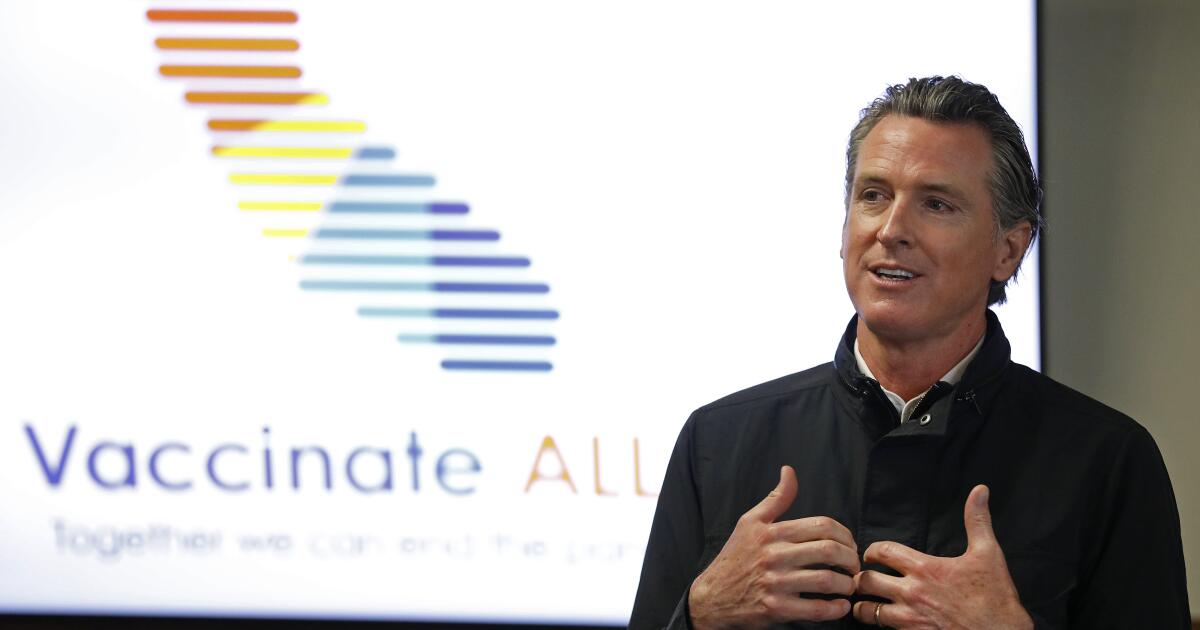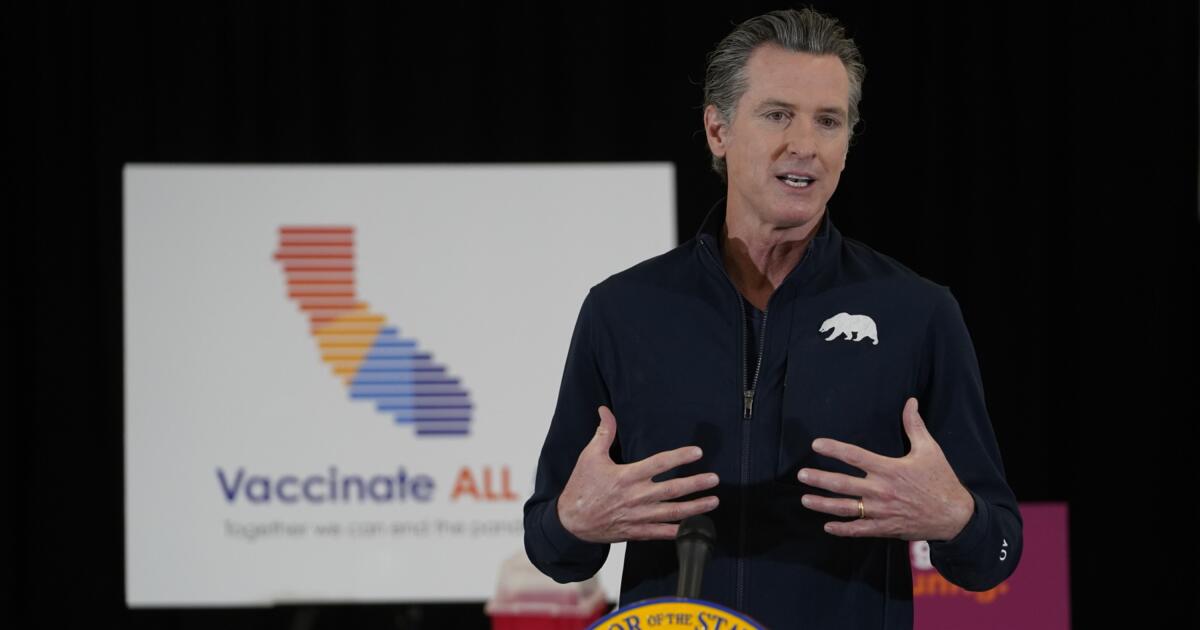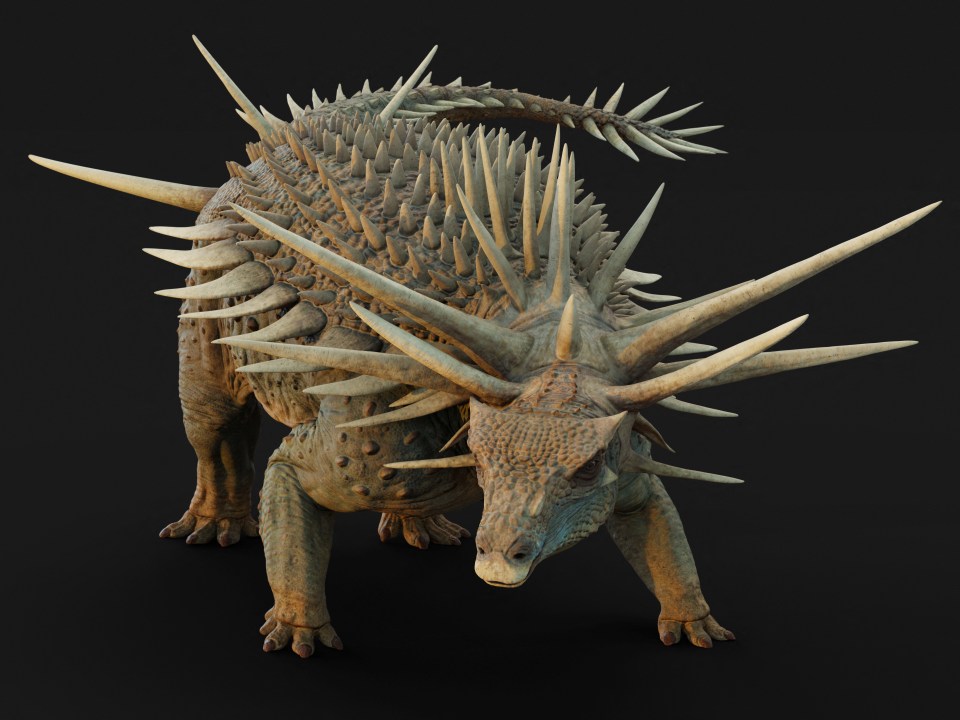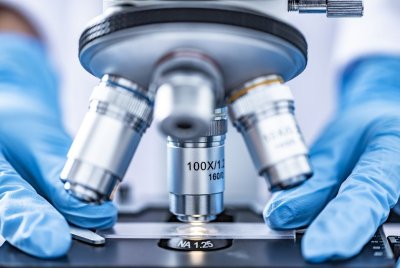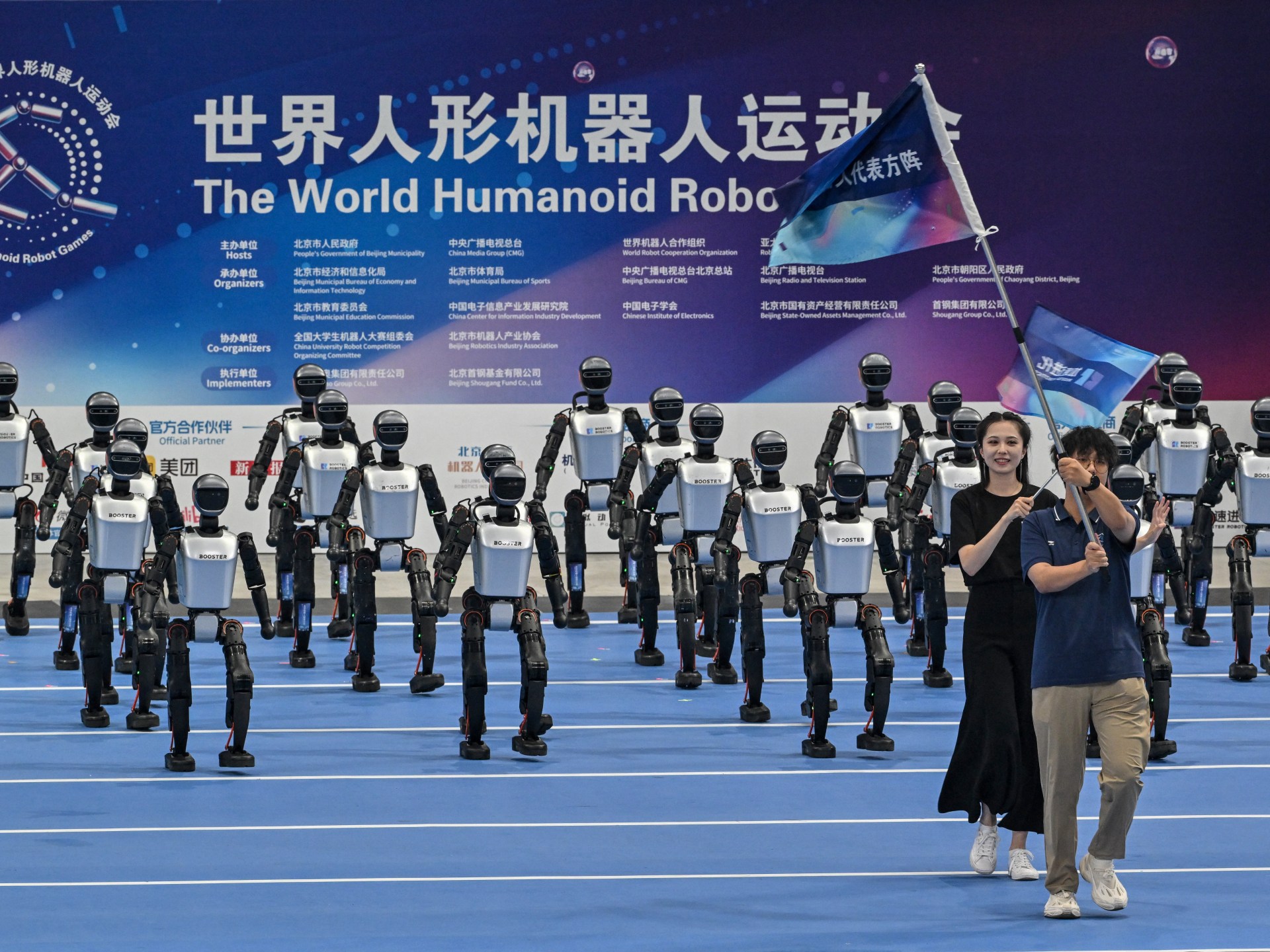Meritocracy in the 21st century is fast becoming the new aristocracy. Envisaged as an ideal to counter inequality, it has become one to create, sustain, and justify it. Or is it a new mediocrity? Earlier, meritocracy was practiced as a smokescreen for a system that was rigged. Now mediocrity is being celebrated as a new gospel. We are witnessing the slow death of classics and literature, theories and science.
Thanks to the dominance of multimedia technology, traditional literacy has lost its primacy, and we have become a “post-literate society.” But this retreat is far more serious, as we are retreating from serious reading even in academia. The retreat from reason is another worrying trend. However, the most alarming phenomenon is what Paul R. Goddard, emeritus professor at the University of the West of England, and Angus G. Dagleish of the University of London call “the death of science.”
Data deluge is threatening to end scientific theory and the scientific method. Today, the science industry is driven by greed and ambition. It represses imagination and freedom and destroys novelty and diversity of ideas. Science is now a technocratic specialization. We have long forgotten the philosophy of science.
Martin Lopez Corredoira of the Instituto de Astrofísica de Canarias argues in his book, The Twilight of the Scientific Age, that after centuries of great achievements science is going through “an exhaustion of new forms” and fatigue has “reached our culture in all of its manifestations, including the pure sciences.”
The search for great truths is on the back burner. Some argue that even the Nobel Prizes are being increasingly awarded for speculative hypotheses, rather than concrete discoveries.
Mediocrity is sweeping the world. Lies, calumnies, and specious arguments are no longer the hallmarks of political discourse today; these now characterize scientific endeavors as well. Managers and politicians have taken over where previously the scientists were in charge.
There is a tendency to abhor experts. Political correctness now dictates what science must produce and at whose benefit. Many scientists and scientific institutions have now become what Paul R. Goddard calls “the high priests of a new religion.”
Trump’s America, many believe, has regressed back to the myth of meritocracy. As Lauren Tucker, honorary research fellow at the School of Mass Communication Research Center, University of Wisconsin, says, Trump’s Cabinet includes “cronies, grifters, sycophants, neophytes, and those whose qualifications begin and end with ‘once praised Trump on Fox News.’””Trump is bringing back affirmative action for the rich, White mediocrity.
President Trump has mounted a concerted effort to undermine federal scientific research, particularly research relating to climate change. The Trump administration has also removed scientific information from regulatory documents. sought to restrict or prevent further climate change research, including by removing and reassigning federal government scientists.
Federal agencies are facing the pressure to reduce spending on scientific research, with the administration proposing deep across-the-board cuts in many budget cycles.
President Joe Biden had vowed to “end the politics and follow the science” when dealing with the COVID-19 pandemic. The first Trump administration regularly suppressed, downplayed, or simply ignored scientific research. This regression is by no means confined to the US.
Last year, over 100 scientists in India decried what they described as the government’s “antagonistic stance” to science and evidence-based thinking and its support of “false narratives, unfounded opinions, and a cloak of religiosity to instill adherence to a majoritarian idea of India.”
We are going through a phase of new regression. Cultural critic Neil Postman persuasively argues how technology today has become an institution. It has acquired the power to bend culture to its own agenda. Its worst fallout can be seen in the field of education. Schooling has become what he calls “a trivial pursuit and a mechanical exercise.”
America’s educational decline is most worrisome. The Nation’s Report Card’s 2024 results confirm a long-term crisis in education, with student performance stagnating or declining despite decades of federal spending and education reform initiatives. And it is not as if efforts have not been made to improve the students’ performance. Federal interventions such as No Child Left Behind (2002), Common Core (2010), and the Every Student Succeeds Act (2015) were all designed to improve student academic outcomes.
The maximum damage has been done by the digital media. Lack of critical thinking is the result of the primacy of the visual over textual learning, algorithm-driven echo chambers, and the bite-sized overload. Social media has ensured that we are more likely to read stuff that confirms our views rather than engage with diverse perspectives.Only through serious research can the past’s inconsistencies be accounted for. Today, McLuhan’s “mass man” has become the “algorithmic man.”
What is worrying is the gradual decline, if not collapse, of high-end, problem-solving research. The slow death of literature and the retreat from serious reading mark a cultural crisis, with far-reaching consequences for politics, education, and civic life. Without books and deep reading, society risks becoming shallow, distracted, and dangerously unserious.
If we dispense with ontology and philosophy, our education will not prepare us for the future. From ancient scrolls to modern paperbacks, books have been the vessels carrying humanity’s stories, knowledge, and imagination. These vessels are being suddenly wiped out.
The post-truth world is sliding into an age of “un-enlightenment.” Bill Gates warned in 2017 that “technologies such as social media let you go off with like-minded people, so you’re not mixing and sharing and understanding other points of view.”
Anti-science sneering, conspiracy theories, and a medieval pottage of religious extremism sweeping the world will have far-reaching consequences. The current Prussian school system produces compliant citizens. After several crushing defeats at the hands of Napoleon, Prussian political and military elites believed that independent thinking was the root cause of their defeat.
What would the world be without literature and theories? Literature has long been a mirror reflecting the human experience, allowing us to empathize with others and understand ourselves better. Literature doesn’t just tell stories; it shapes lives.
Science, with its emphasis on observation, hypothesis testing, and empirical evidence, provides a robust framework for understanding the world, challenging existing assumptions and discovering new knowledge.
There can be no social science without critical theories. The intellectual’s job is to tell the truth. In fact, as Thomas Huxley says, “Science and literature are not two things, but two sides of one thing.”
All said, the way things are, reading books for pleasure will one day be the province of a special “reading class,” much as it was before the arrival of mass literacy in the second half of the nineteenth century.
A new Dark Age has begun if we go by the titles of books like Jane Jacob’s Dark Age Ahead (2004), Morris Berman’s Dark Ages America: The Final Phase of Empire (2011), James Kirchik’s The End of Europe: Dictators, Demagogues, and the Coming Dark Age (2017), and James Bridle’s New Dark Age: Technology and the End of the Future (2018).

